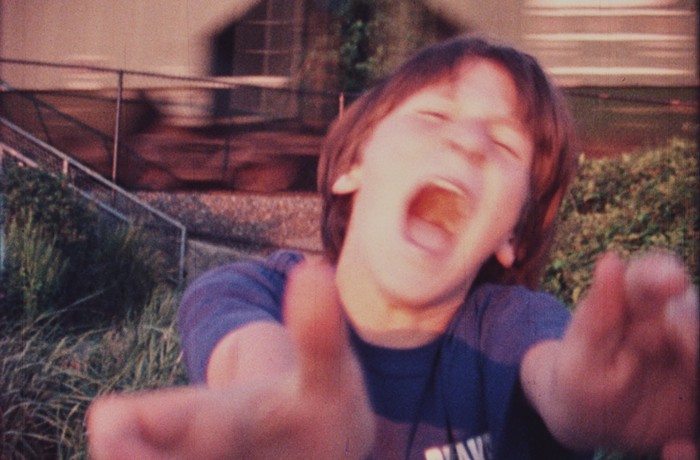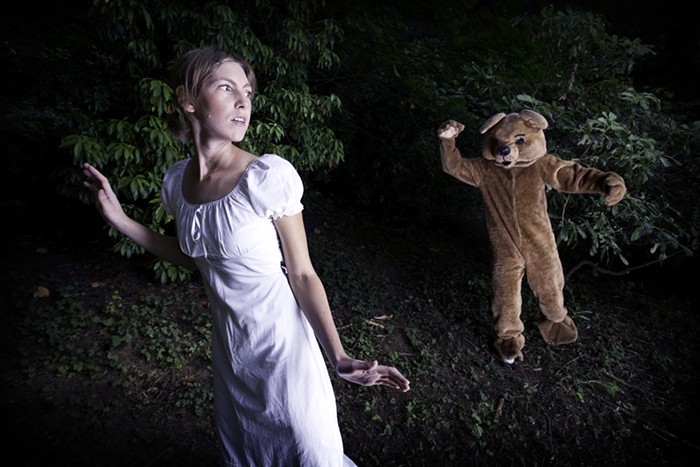Mona Hatoum
Douglas F. Cooley Memorial Art Gallery, Reed College, 3203 SE Woodstock, through December 23rd
While she began her career in video and performance, Lebanese-born British artist Mona Hatoum has since focused on installations and objects that fall somewhere between the minimalist and surrealist traditions. Of the works on display in Reed College's Cooley Gallery, these objects explore issues of the uncanny, in which the seemingly familiar is exposed as something quite other. The effect of the quotidian objects Hatoum recasts gain their power from a push-pull dynamic, in which the viewer is drawn in by a promise of safety, only to be driven away by a reality of violence and danger.
At first glance, "Doormat" appears to be a standard welcome mat. But the bristles of Hatoum's mat, which ironically read "Welcome," are composed of thousands of steel pins. Not only has the mat's inviting function been subverted, but the notion of home as a haven is undone as it becomes either a site of potential violence or a place under attack. For the show's most spectacular piece, "La Grande Broyeuse (Mouli-Julienne x17)", Hatoum replicates a traditional vegetable cutter from her mother's kitchen to an intimidating scale of 17 times its normal size. The result is a hulking steel sculpture that overwhelms the viewer with its sheer physicality—reinforced by three circular, interchangeable blades that seem to hold down the gallery floor with their massive size. Displaced from its context, the sculpture disrupts the boundaries of feminine domesticity by resignifying the appliance as something cold and brutal, like an instrument of torture. (According to Hatoum, its new proportions allow a human curled in the fetal position to fit snugly in its cutting drum.) Or, as Hatoum told a packed house at a lecture at Reed last week, the mouli-julienne's three legs and looming tail-like appendage strike a resemblance to a scorpion poised to sting.
Elsewhere in the exhibition, Hatoum's strategy of simultaneous allure and aversion can be seen in modified furniture, "unable to fulfill its intended function," and in a traditional keffieh partially woven with the artist's own hair. Her work doesn't always make for the most pleasant viewing, but you won't be able to turn away.












